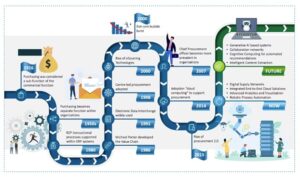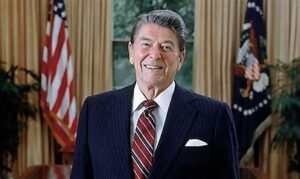KPMG Supply Chain Stability Index Highlights
📈 Increased Stability: 2023 was a remarkable year for supply chain improvements, with significant enhancements in stability across U.S. operations.
🌐 Persistent Challenges: Despite the progress, challenges like cross-border patrol closures and commercial ship attacks in the Red Sea remind us of the ongoing vulnerabilities in global logistics.
👥 People Power: A big shoutout to the dedicated supply chain professionals whose expertise continues to drive the industry forward, particularly in these complex times.
🔮 Looking Ahead: While a full return to pre-pandemic normalcy might not be on the horizon for 2024, the resilience built during these times is clear. Efforts in nearshoring and advanced response strategies are paying off, minimizing impacts from events like the Key Bridge collapse.
📊 Strategic Moves: Companies focusing on just-in-time inventory and optimizing workforce strategies are setting the stage for continued excellence and growth.
The insights from this index are invaluable as we navigate the intricacies of global supply chains and strive for a future where disruptions are less impactful. Let’s keep pushing the boundaries and setting benchmarks for success!

